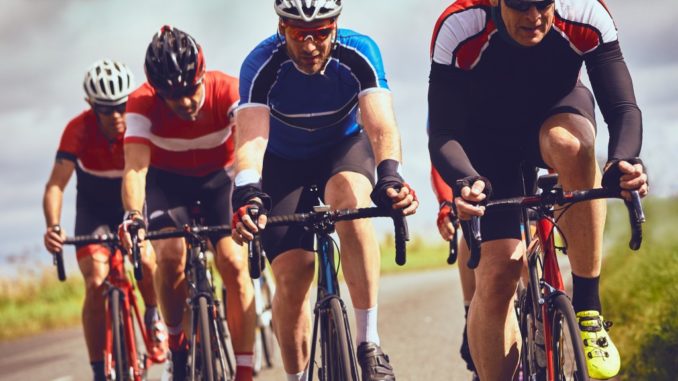
Something is exciting about the sound of rubber going into contact on concrete or asphalt paving. You feel the wind rushing against your face while going at around 25 miles per hour. That’s slow if you’re riding a car. But if you’re mounted on a bike and competing at the Grand Tours, it feels like you’re Quicksilver.
You felt sad when the world found out that Lance Armstrong was guilty of doping and was subsequently stripped of all his Grand Tours championships, which included seven Tour de France trophies (1999 – 2005) and one Vuelta de España trophy. He was your idol, but you don’t have any plans to compete at that level. You’ve been riding in, around, and sometimes outside of Salt Lake City. You’re contemplating, however, on competing at some level in organized races. How does one prepare for a tour-like competition?
An Overview of Cycling in America
Statista reports that in 2016, an estimated 12.4% of people in the US engage in some level of serious cycling. The 43 million people in 2016 involved in the activity, grew to 47.5 million by 2017. A significant number of Americans with ages from 18 to 24 are engaged in the sport.

Preparing for Your First Race
You’re done after a relaxed two-hour ride, two to three times a week. But you want more. Here are the things you need to consider for your first race:
- It starts with a bike. That unit you have might be suitable for a hobby-ride, but if you’re going to compete, you need to make sure that you have the right bike for the race. There are road bikes, mountain bikes, hybrid bikes, and bikes with a light frame. Do your research well and consult experts as to what the most appropriate bike for you to use is. Size up your bike as well and see how it fits your frame. Be familiar with the size chart. If you’re between 5’ 9” and 6’ 0” tall, you’ll need to get a large frame, which is between 56 to 58 cm.
- Strength, stamina, and skill. You need to develop your strength, improve your endurance, and learn skills that will help you hurdle different terrains, uphills, sharp curves, and riding with a pack. Elite riders will spend 15 to 20 hours a week training. Consider training at least an hour a day. Frequency is not the only consideration. You need to train for speed. Learn how to build up and sustain a specific momentum during your daily workout. It’s different when you’re riding on gravel vs. on a road or mountain trail. Develop your skills for the terrain of your first race before signing up.
- Gear up. It’s primarily for safety, but it’s also for efficiency and speed. From your headgear to your apparel down to your shoes, your gear impacts your safety and efficiency. You will wear a different set of clothes if you’re riding the road vs. riding on a mountain trail. Wear the appropriate gear base on the race that you’re joining.
- Choose a race. Don’t go crazy on choosing a long track with a difficult surface. Start with simple and shorter races, wherein your objective is to finish and not to set your best time. Remember, it’s your first race.
You are going to deal with sunburn, knee pain, back pain, and more. And that’s just when you’re training. Make sure to consult your doctor before hitting the race circuit.
